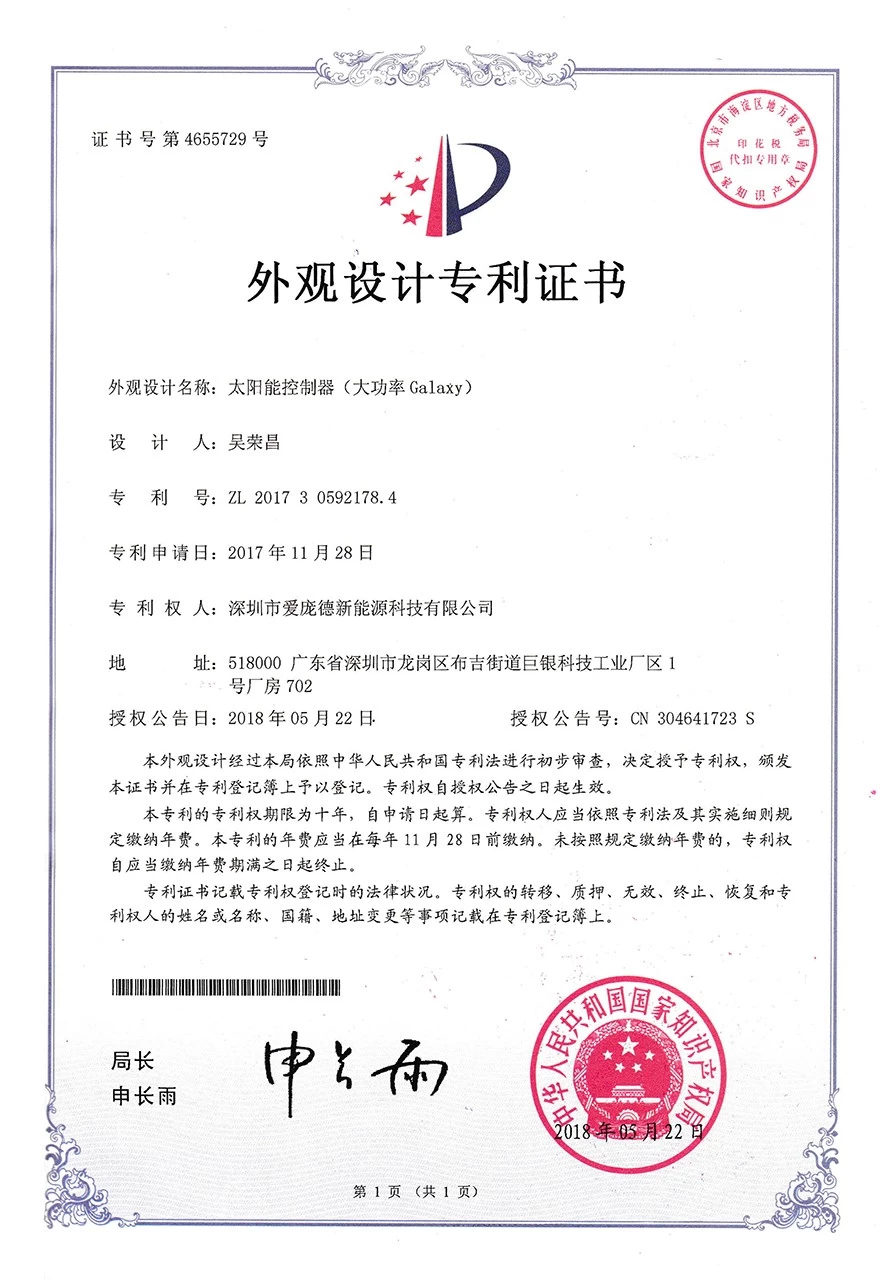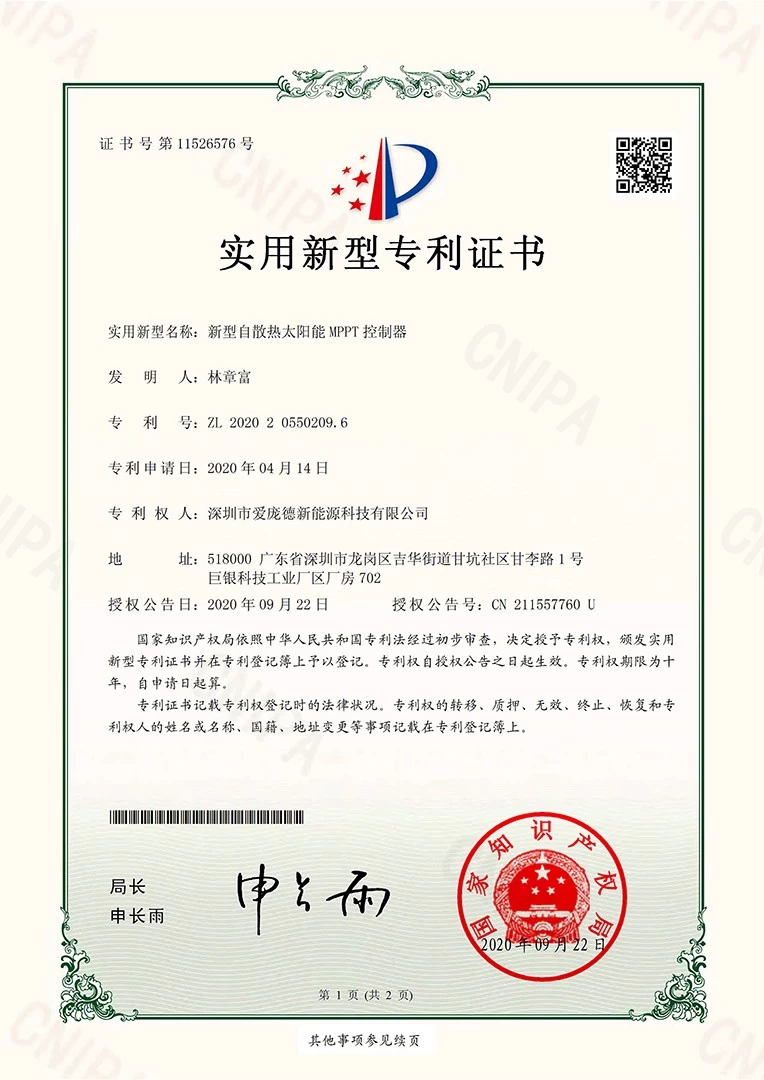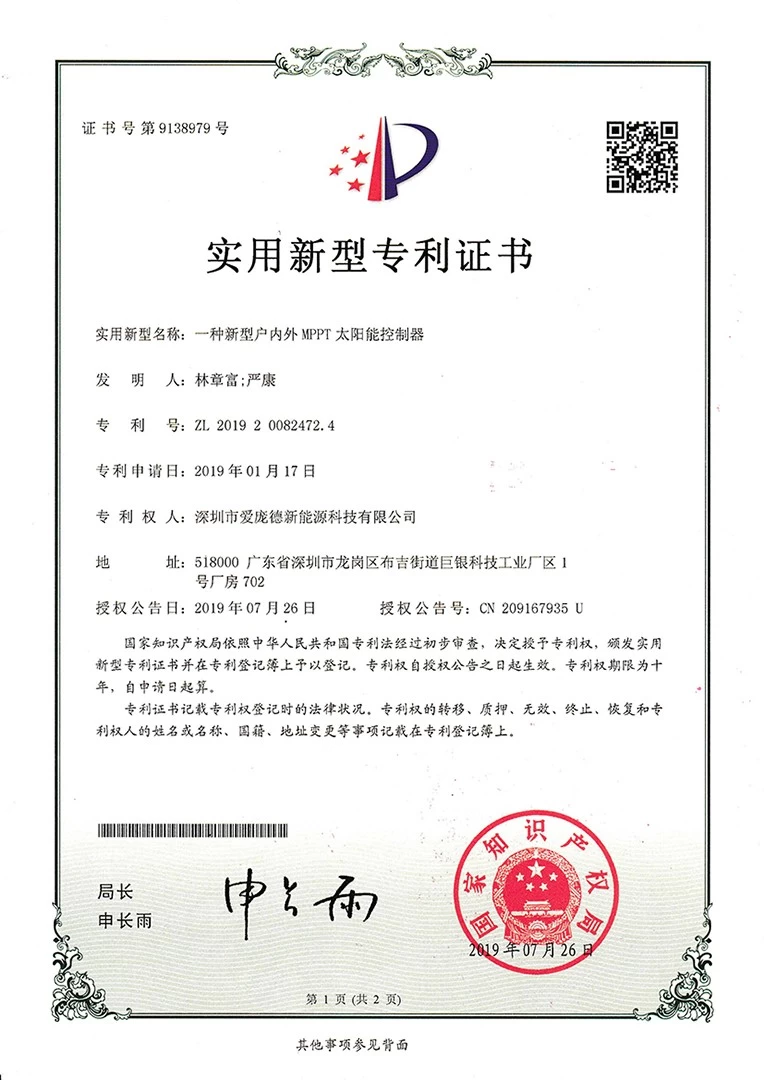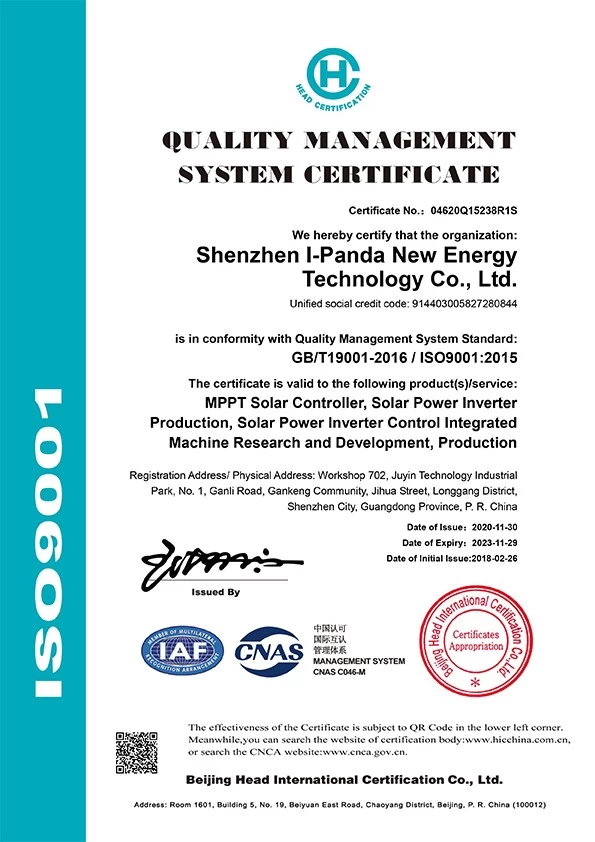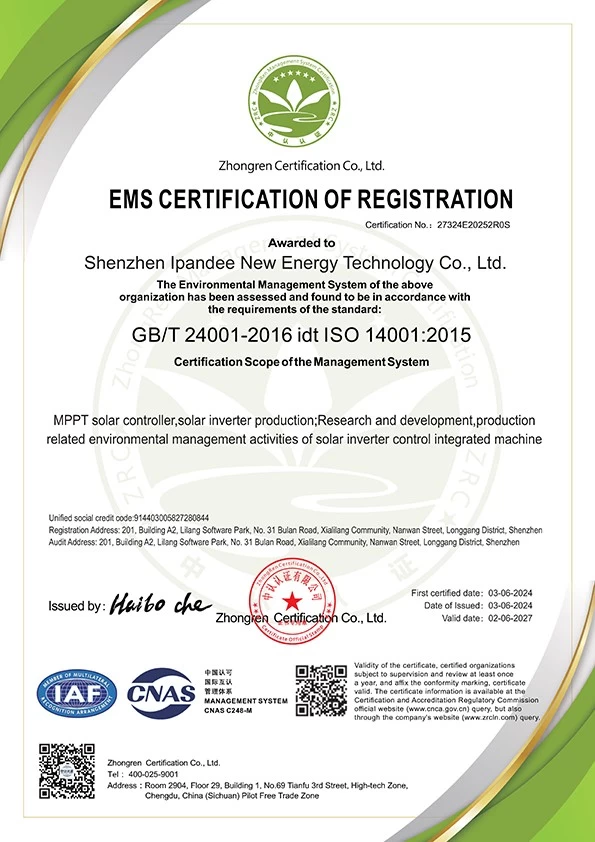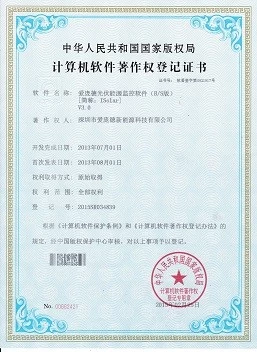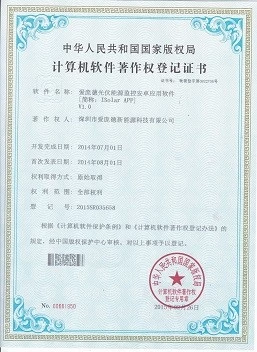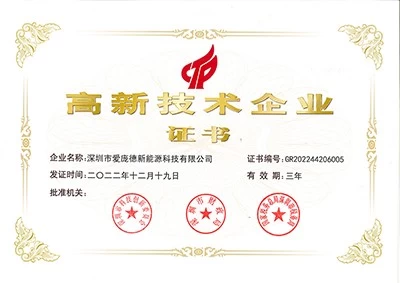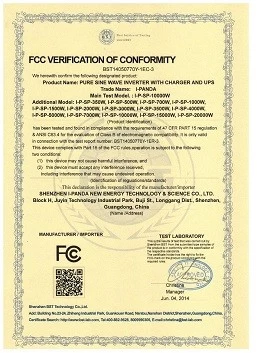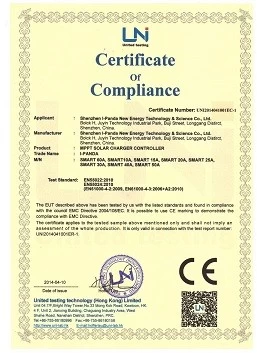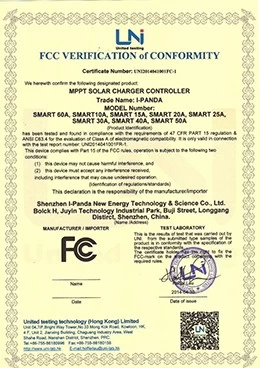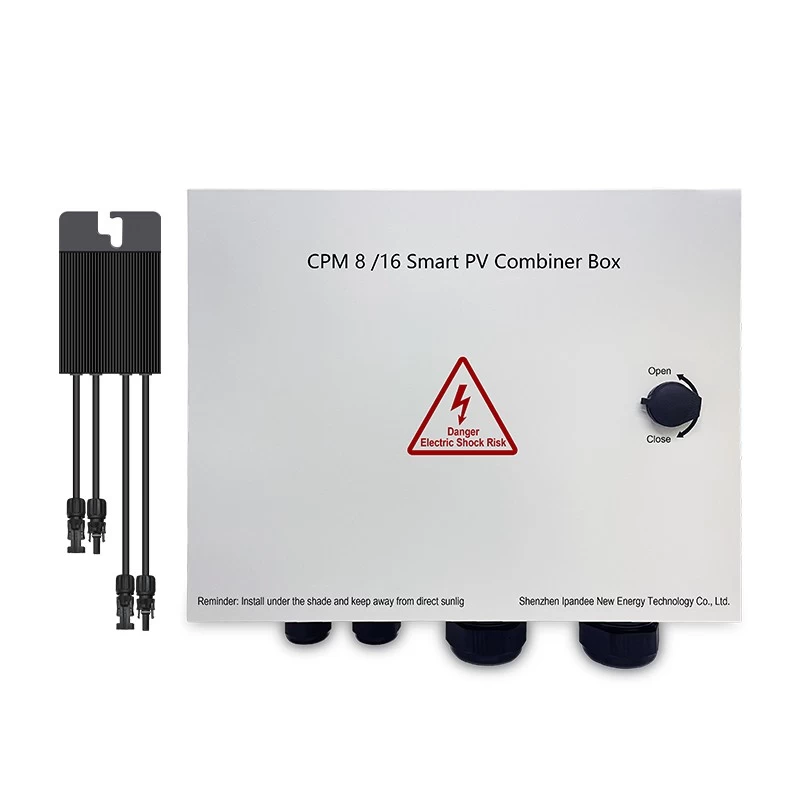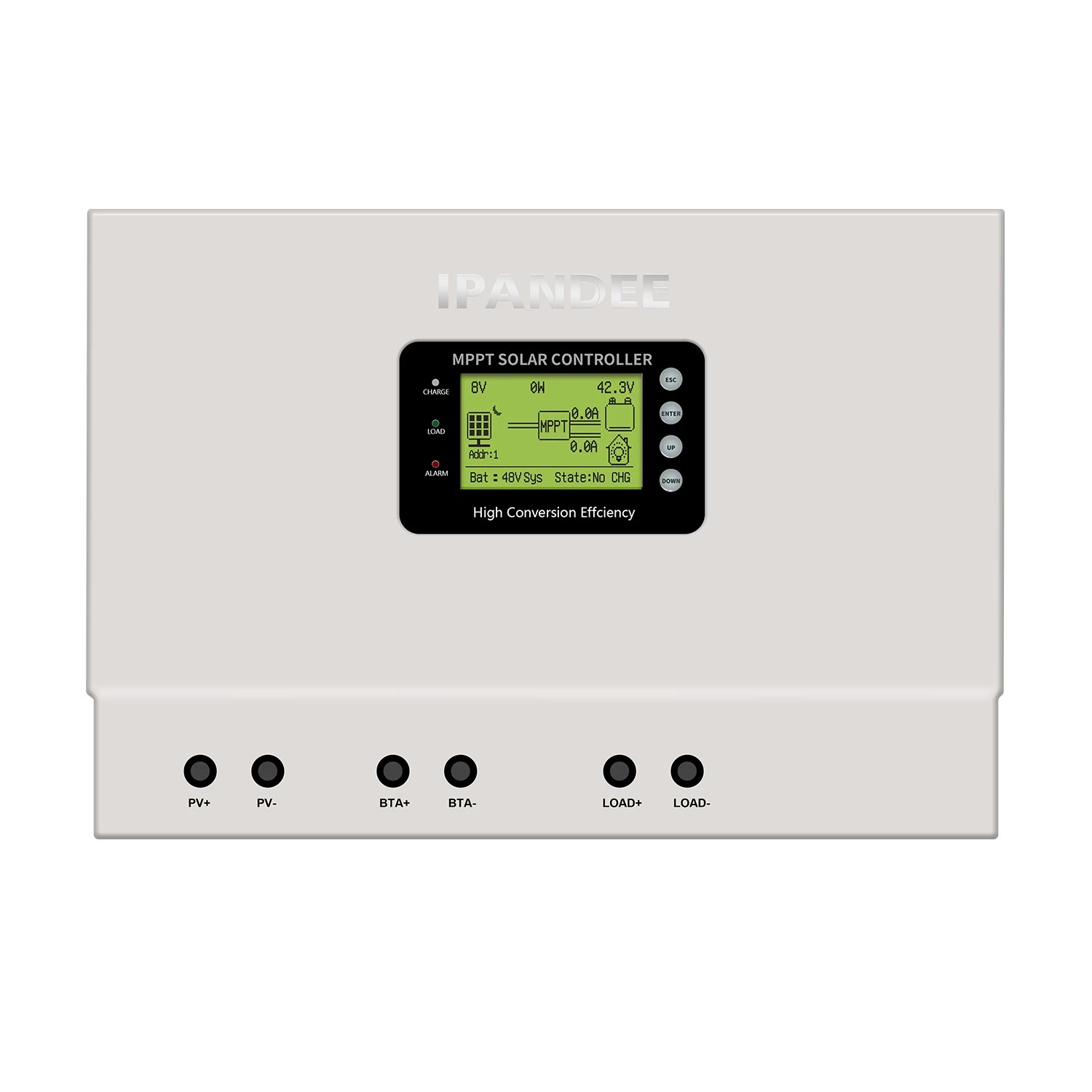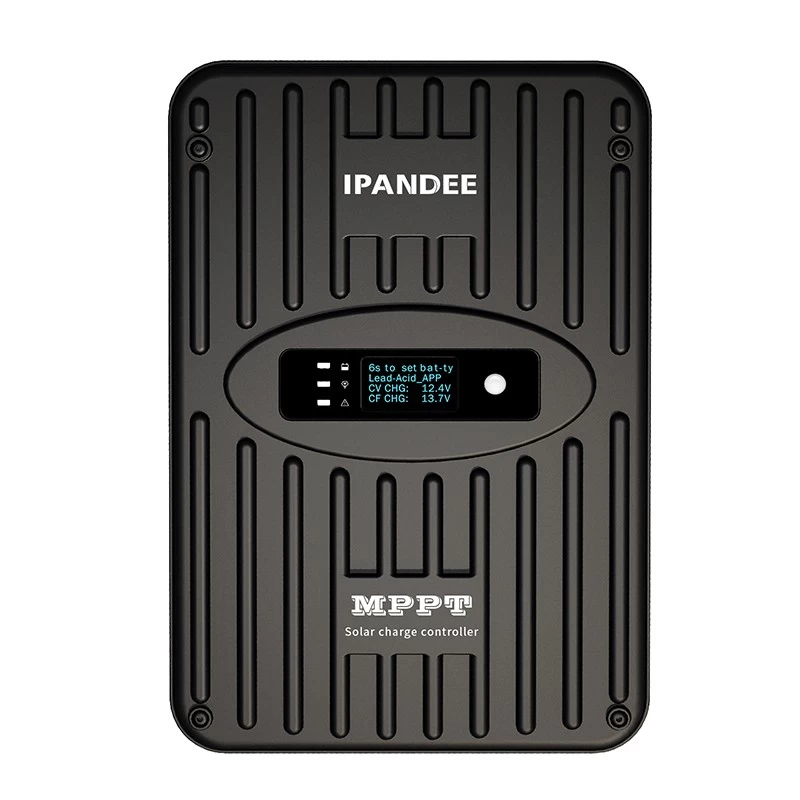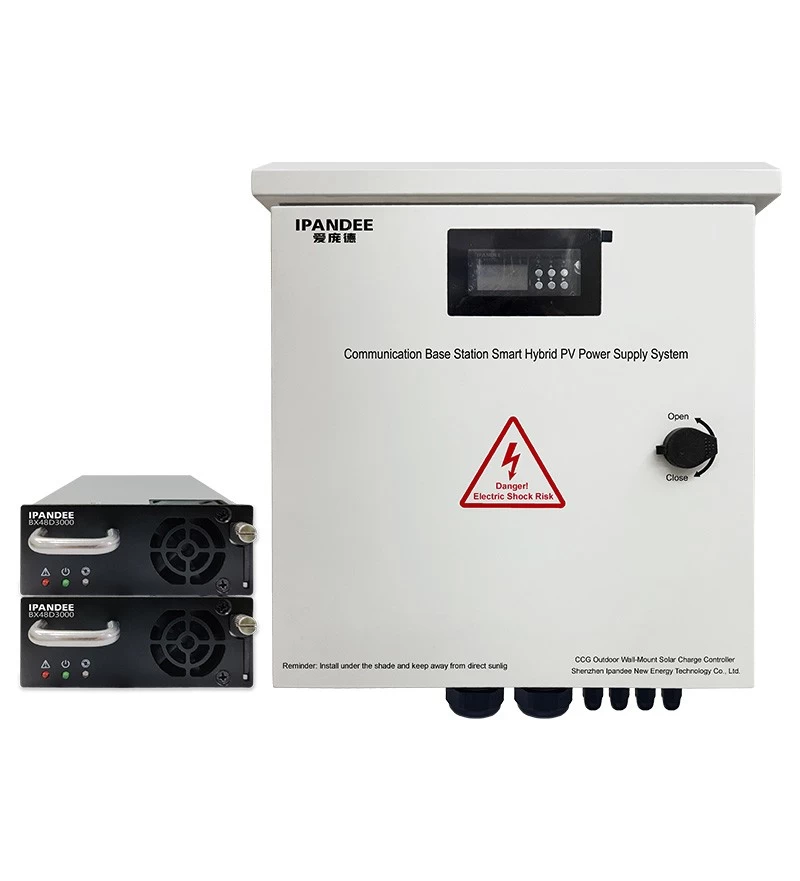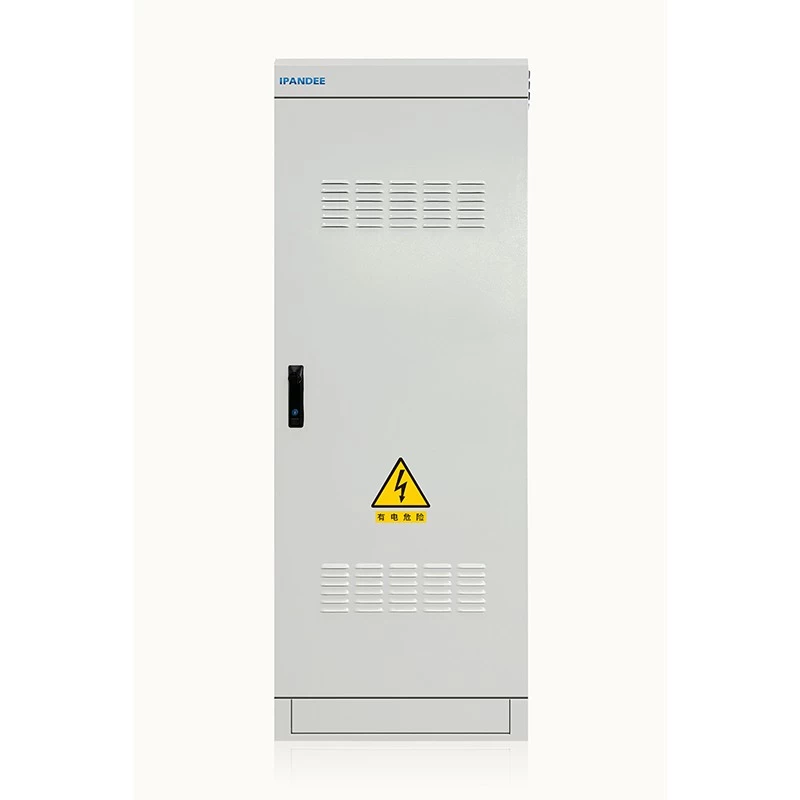Organic thin film solar cell (OPV) with greatly improved heat resistance
the Internet
2019-04-29 11:13:14
The Japan Institute of Physical Chemistry announced on September 24, 2015 that it has announced an organic thin film solar cell (OPV) with a significant improvement in heat resistance. Related papers have been published in the online edition of "ScientificReports" in the academic journal Nature.
OPV is more than siliconSolar batterySuch as poor durability, this is one of the reasons for its delay in practical use. Although elements such as ultraviolet rays, water, and oxygen which have lowered durability can be processed by packaging materials and the like, there is no good treatment method for heat resistance. The technology developed this time has greatly improved the heat resistance, and may become an important step to accelerate the practical use of OPV. The energy conversion power of the prototype OPV components is up to 9.0%, which is relatively high in the pilot production examples of the institute.
(a) The experimental results of the heat resistance of the OPV element developed this time. The red polyline is a component of tungsten oxide (WOx) selected for HTL, the component of MoOx is selected for HTL, and the black polyline is the component of p-type semiconductor material. (b) is an outline of the component structure.
The company announced the technology is the high-end researcher of the Molecular Function Development Group of the Institute of Science and Technology of the Institute of Physical Chemistry of Japan. The key to improving heat resistance is to select the newly developed polymer material "PTzNTz (thiophene and thiazolothiazole)" as a p-type semiconductor material.
Owl et al. selected this PTzNTz and n-type semiconductor material, the fullerene inducer, as the active layer data, and prototyped the OPV component. To evaluate the heat resistance, the OPV element was stored in nitrogen at 85 ° C for 500 hours.
In the same heat resistance evaluation, the OPV component of the original p-type semiconductor data is reduced to about 40% of the initial value, and after 500 hours, the power is about 90% of the initial value, heat resistance. Great progress. In addition, the data of the hole transport layer (HTL) between the positive electrode and the active layer of the OPV element was changed from molybdenum oxide (MoOx) to tungsten oxide (WOx), and the same experiment was carried out. At 8.3%, there is basically no decline.
The OPV component has a maximum energy conversion power of 9.0%, an open circuit voltage (VOC) of 0.84V, a short circuit current (JSC) of 16.0 mA, and a fill factor (FF) of 0.67.
Disclaimer: The content is partly from the internet. In order to pass on more information, it does not mean agreeing to its views or confirming its description. Article content is for reference only. If there is any infringement, please contact in time.
OPV is more than siliconSolar batterySuch as poor durability, this is one of the reasons for its delay in practical use. Although elements such as ultraviolet rays, water, and oxygen which have lowered durability can be processed by packaging materials and the like, there is no good treatment method for heat resistance. The technology developed this time has greatly improved the heat resistance, and may become an important step to accelerate the practical use of OPV. The energy conversion power of the prototype OPV components is up to 9.0%, which is relatively high in the pilot production examples of the institute.
(a) The experimental results of the heat resistance of the OPV element developed this time. The red polyline is a component of tungsten oxide (WOx) selected for HTL, the component of MoOx is selected for HTL, and the black polyline is the component of p-type semiconductor material. (b) is an outline of the component structure.
The company announced the technology is the high-end researcher of the Molecular Function Development Group of the Institute of Science and Technology of the Institute of Physical Chemistry of Japan. The key to improving heat resistance is to select the newly developed polymer material "PTzNTz (thiophene and thiazolothiazole)" as a p-type semiconductor material.

Owl et al. selected this PTzNTz and n-type semiconductor material, the fullerene inducer, as the active layer data, and prototyped the OPV component. To evaluate the heat resistance, the OPV element was stored in nitrogen at 85 ° C for 500 hours.
In the same heat resistance evaluation, the OPV component of the original p-type semiconductor data is reduced to about 40% of the initial value, and after 500 hours, the power is about 90% of the initial value, heat resistance. Great progress. In addition, the data of the hole transport layer (HTL) between the positive electrode and the active layer of the OPV element was changed from molybdenum oxide (MoOx) to tungsten oxide (WOx), and the same experiment was carried out. At 8.3%, there is basically no decline.
The OPV component has a maximum energy conversion power of 9.0%, an open circuit voltage (VOC) of 0.84V, a short circuit current (JSC) of 16.0 mA, and a fill factor (FF) of 0.67.
Disclaimer: The content is partly from the internet. In order to pass on more information, it does not mean agreeing to its views or confirming its description. Article content is for reference only. If there is any infringement, please contact in time.





